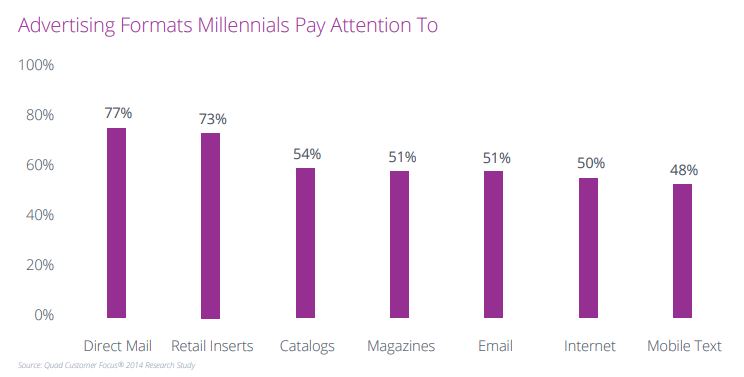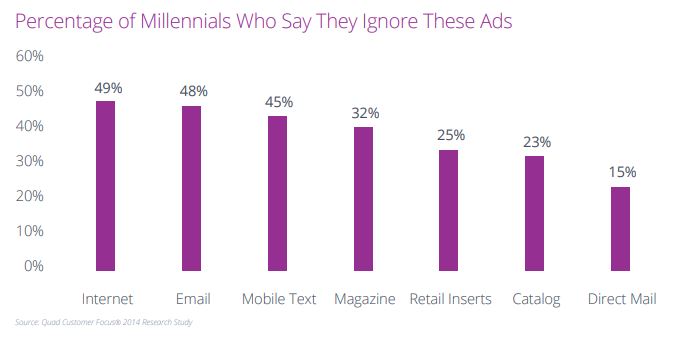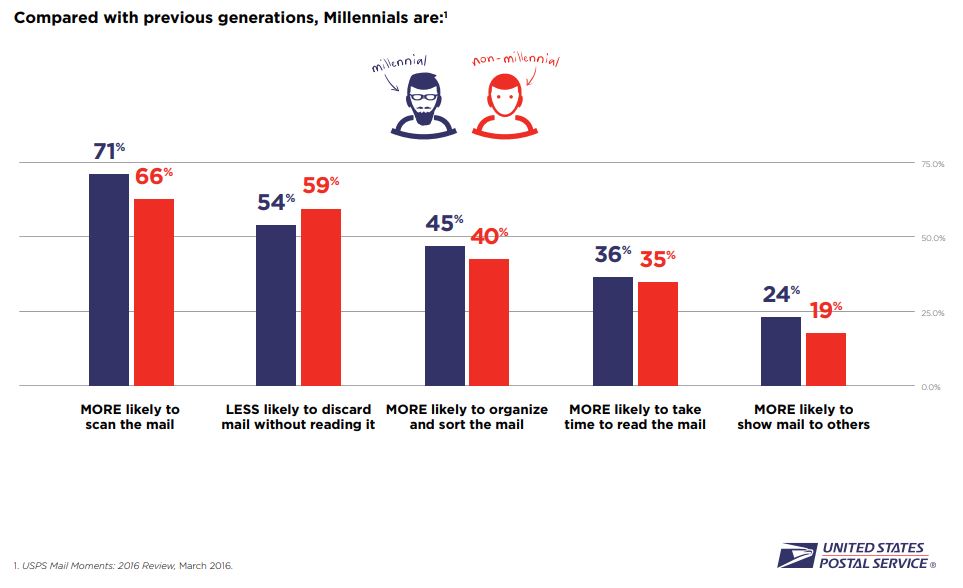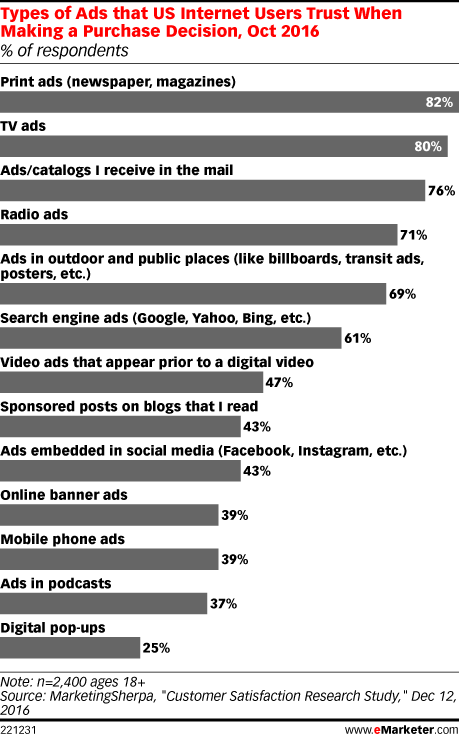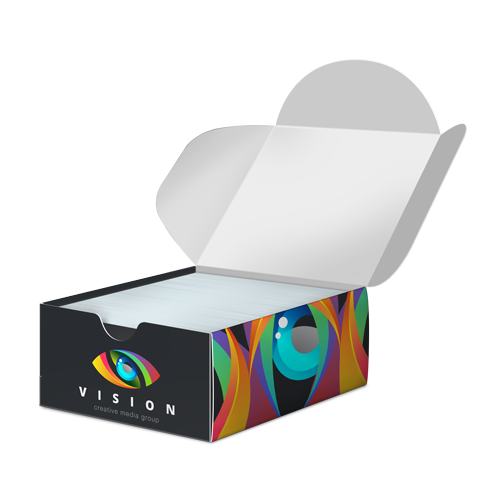Be the Best at Customer Service
We all work in customer service to some extent…it just depends on who the customer is.
If you’re in an office, it’s your boss who is the customer. If you’re in retail, it’s the shopper who is the customer. And the list continues. So, it bears repeating that customer service is important.
Sometimes we lose sight of the fact that our customer service skills could be honed a little bit. Or, maybe you have a new employee who doesn’t see how valuable good customer service is. Well, either way, here are a few ways to brush up on your customer service.
The Importance of Caring for Your Customers
Customer service, or customer care, is vital to us all.
It’s the difference between keeping and losing customers to the competition. One wrong move, and we might lose a valuable customer.
Customer service is how we respond to customers, and it entails a lot of duties. It’s not just how we answer the phone. It’s how we help them when they return items or when we explain policies to them. It’s also when we give deadlines or wait times.
Did you know that acquiring new customers is more expensive than keeping the ones you have?
That’s why customer service needs to be top-notch. It can’t be emphasized enough.
Customers want personalized service, and they will typically pay more for it. If your product is more expensive than the competition, but you have an outstanding customer care program, with engaging employees, you will be more likely to charge more for the same product or service. That’s how important good customer service is.
7 Customer Service Tips from the Pros
1. Greet customers by name.
Learn their names and impress them when they walk into your place of business.
2. Keep notes.
Keep a book with notes on your customers, so you remember things they told you, such as a significant event or date. Then be sure to ask about it the next time they come in.
3. Support each other.
Allow employees to share their frustrations. This will help prevent burnout and ensure they are ready to be pleasant with the next customer.
4. Respond quickly.
Be quick to respond when customers have a question, complaint, or want an estimate.
5. Customize the service, so it’s tailored to each customer.
Some people want to get in and out quickly. Other customers want to chat and take their time, so accommodate them.
6. Offer to help a customer before they even ask.
This shows initiative and evokes positive images of your company.
7. Treat customers like real people, not like a number.
Be sure to talk with them in a conversational tone, rather than like they are just another customer waiting in line.
Dealing with customers can be challenging. But when you keep your focus on staying positive and constantly improving customer service, you are sure to win over even your toughest critic.
We appreciate your business and want the chance to serve you in the near future. Check out our website today and see what we offer. Contact us today to get started! 516-561-1468 or FOR MORE INFORMATION ON ANY OF OUR MARKETING PRODUCTS GO TO: www.printcafeli.com








